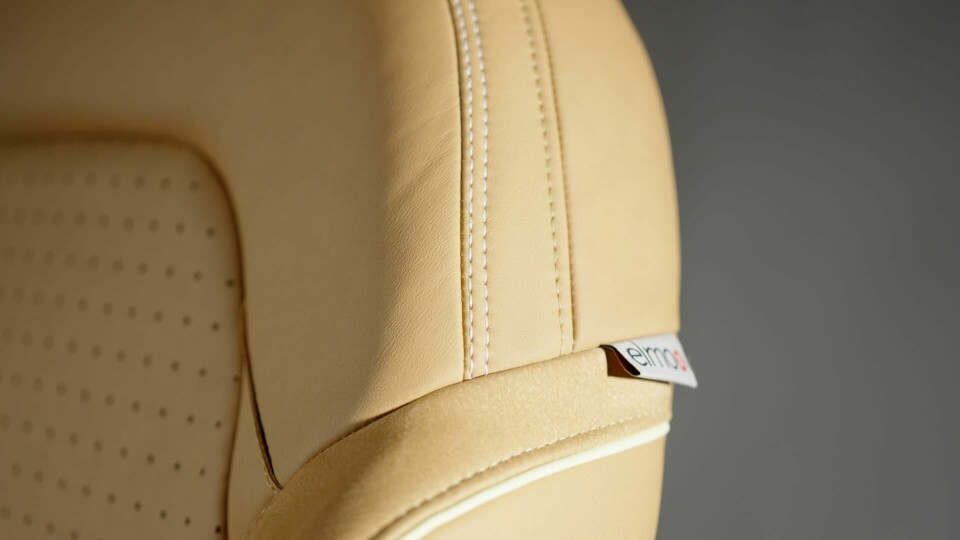
Elmo on circularity and ‘Zero Waste Leather’
Leather supplier Elmo discusses its unique circular production methodology and why authentic leather remains a sustainable option
The leather industry has come under scrutiny in recent years amid a broader shift toward synthetic alternatives. But there is more to sustainability than simply avoiding certain materials, and when harnessed in the right way, leather still has a strong case to make.
All material suppliers create waste in some shape or form, and in many cases that scrap material could be put to use elsewhere. One company says its ‘zero waste’ approach offers a truly circular solution for those that want authentic leather. At a basic level, Swedish supplier Elmo takes a by-product of the meat and dairy industry and transforms it into premium leather. All process waste is upcycled and re-used by other industries, meaning nothing ends up as landfill.
To top things off, its tannery and production facility in Svenljunga uses renewable energy, completing the loop in Elmo’s 100% circular manufacturing methodology. This is significant when considering the amount of waste that would normally be created. At the start of the process, the initial rawhide might weigh between 40 and 55 kilos, but that would only produce around five kilos of actual leather. That’s a lot of excess material that can be put to good use.
At the very core we provide authentic luxury, a natural material with a lingering touch and superior comfort that nourishes the senses
John Olsson is sales and marketing director at Rino Mastrotto Group, the parent company of Elmo and its sister brand Brusarosco – the only other global supplier that can facilitate ‘Zero Waste Leather’ through a 100% circular manufacturing process.
Olsson explains that the organisation considers the entire production process and ultimately does things that other leather suppliers cannot. For example, the hair that is removed from the rawhide is turned into fertilisers by local farmers; meat residue is used for biogas to fuel vehicles; and remains from the tanning process are used for energy recovery. Leather offcuts are then used by other parallel industries, schools and artists.
But this is a product after all and must offer more than just sustainable credentials; customers want a beautiful, long-lasting product too. Real leather has a long track record on both counts. “At the very core we provide authentic luxury, a natural material with a lingering touch and superior comfort that nourishes the senses,” says Olsson. “It enables you to take the comfort of your living room on the road.”
Being so diversified is definitely an added value for our customers
Alternative materials are changing the perception of luxury interiors, but Olsson suggests there is a “longing for authenticity as more things become synthetic in our society.” One of the added benefits is that, unlike some synthetic alternatives, leather improves with age and even decades down the line remains a desirable, sturdy material.
“Durability is definitely a benefit, generating superior life expectancy, high customer satisfaction and increased re-sale value,” says Olsson. “And being a natural and authentic material, leather ages gracefully.”
Given Elmo and Brusarosco are part of a wider organisation in the Rino Mastrotto Group, sustainable leather remains a viable option for a diverse mix of customers, from high-end fashion to premium and mass market interiors. “Being so diversified is definitely an added value for our customers,” says Olsson, “both from an innovation and inspiration standpoint.”
As things stand, 71.3% of Elmo’s process waste is upcycled, with 27.4% put towards energy recovery. The very small percentage of plastic, cardboard or metal left over is recycled or re-used. Moving ahead, the aim is to push the rate of upcycling even higher to about 90%. As Olsson concludes: “Even now with our industry-leading 100% circular process, we’re still looking to improve.”


























